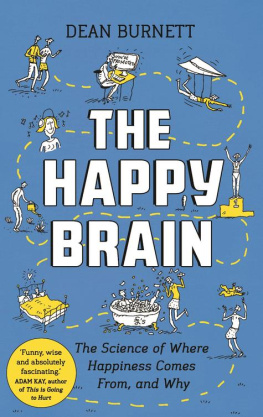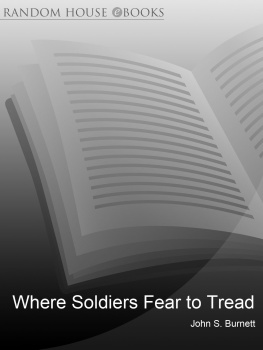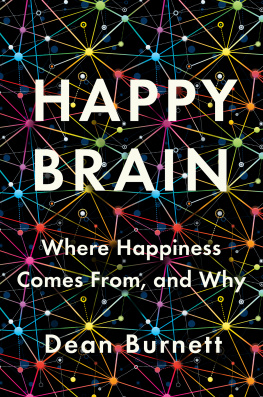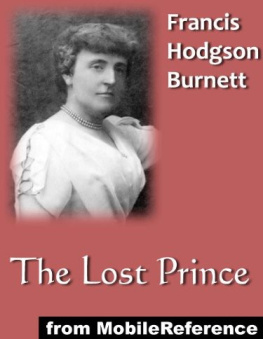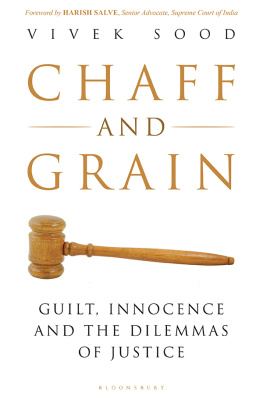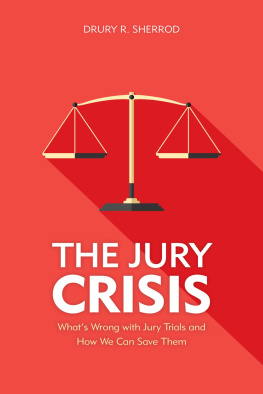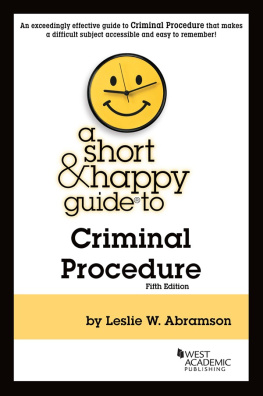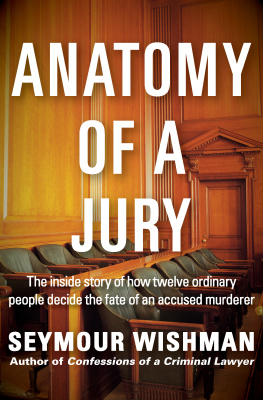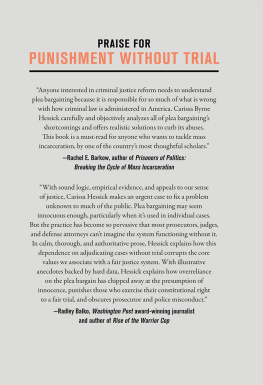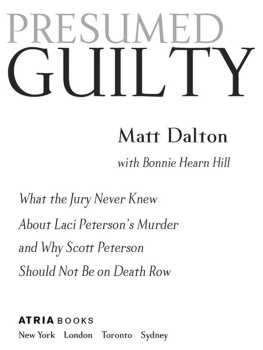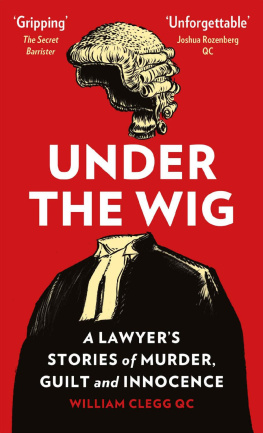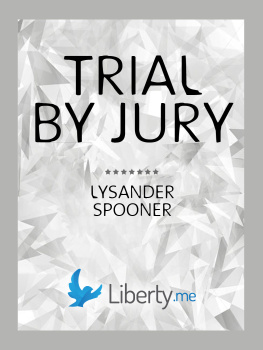Burnett - A Trial by Jury
Here you can read online Burnett - A Trial by Jury full text of the book (entire story) in english for free. Download pdf and epub, get meaning, cover and reviews about this ebook. City: New York;New York (State), year: 2002;2001, publisher: Knopf Doubleday Publishing Group;A.A. Knopf, genre: Detective and thriller. Description of the work, (preface) as well as reviews are available. Best literature library LitArk.com created for fans of good reading and offers a wide selection of genres:
Romance novel
Science fiction
Adventure
Detective
Science
History
Home and family
Prose
Art
Politics
Computer
Non-fiction
Religion
Business
Children
Humor
Choose a favorite category and find really read worthwhile books. Enjoy immersion in the world of imagination, feel the emotions of the characters or learn something new for yourself, make an fascinating discovery.

- Book:A Trial by Jury
- Author:
- Publisher:Knopf Doubleday Publishing Group;A.A. Knopf
- Genre:
- Year:2002;2001
- City:New York;New York (State)
- Rating:3 / 5
- Favourites:Add to favourites
- Your mark:
- 60
- 1
- 2
- 3
- 4
- 5
A Trial by Jury: summary, description and annotation
We offer to read an annotation, description, summary or preface (depends on what the author of the book "A Trial by Jury" wrote himself). If you haven't found the necessary information about the book — write in the comments, we will try to find it.
A Trial by Jury — read online for free the complete book (whole text) full work
Below is the text of the book, divided by pages. System saving the place of the last page read, allows you to conveniently read the book "A Trial by Jury" online for free, without having to search again every time where you left off. Put a bookmark, and you can go to the page where you finished reading at any time.
Font size:
Interval:
Bookmark:
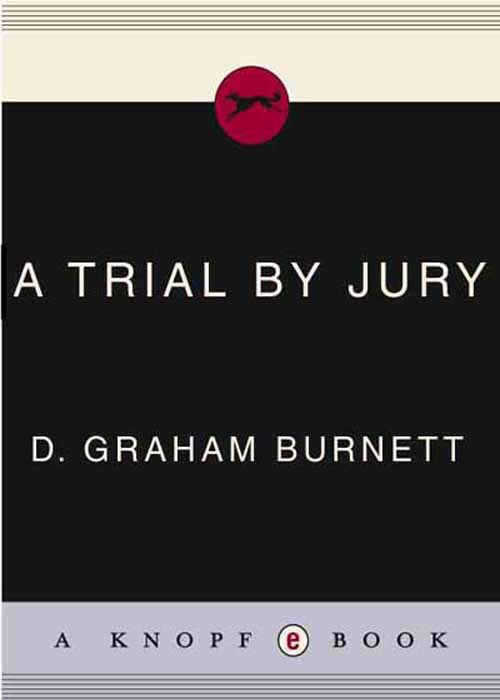
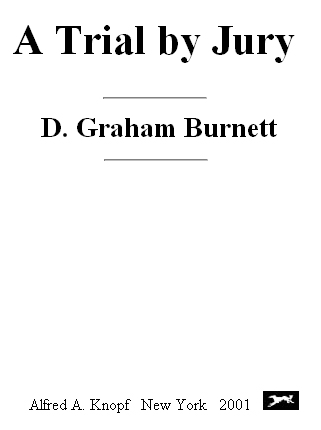
Contents
For my parents, my sister,
and a certain lawyer
Tell me who makes the laws for that slipknot?
Who makes the laws for that slipknot?
Who says who is going to the calaboose,
And get the hangmans noose or the slipknot?
Woody Guthrie
Eventually an imaginary world is entirely without interest.
Wallace Stevens
Note
This book is not a work of fiction. Some dialogue has been reconstructed, and in the interests of privacy and propriety, some names, dates, locations, and personal characteristics have been altered.
PRELIMINARIES
______________________________
103 Corlears Street
R andolph Cuffee took the first wound in the chest. And though the chief medical examiner asserted that the incisionvertical, about an inch in length, just to the right of the midline of the sternumwould have required only a moderate degree of force, the pathology report drew attention to a noticeable bruise at the top of the cut.
A look at the murder weapon made this easier to understand. The knife (a legal, black-handled folding model with a vicious profile) featured a small metal tab about the size of a shirt button, which stuck out from the side of the blade, opposite the cutting edge, near the handle. Holding the closed knife at the ready placed this stud under the thumb, where it could be used to push the blade into an open and locked position. It was therefore possible to open the knife with one hand.
Possible, not easy. This was not a switchblade; no springs launched the blade. In fact, the maneuver required a certain manual dexterity and strength, since the four fingers had to pin the closed knife against the heel of the hand and draw the handle down into the palm at the same time that the thumb, in opposition, swung the blade (by means of the stud) into readiness; the action could be speeded by a deft snap of the wrist.
These minutiae proved significant. Could Monte Milcrayhalf naked, lying on his back, his legs scooped into the air and flailing (one clamped under each of Cuffees arms as Cuffee lowered himself into the missionary position over him)have reached down to the slim tool pocket on the outside right leg of his overalls, liberated the knife clipped there, and then, in the narrow space between their bodies and the futon, executed this one-handed feint and gotten the knife to open?
Put aside the other questions: How could he then have maneuvered the knife (in his right hand) into the space between his torso and that of his alleged attacker, who was at that moment supposedly bearing down on him with all his weight? How, from this awkward position, did Milcray manage such a clean strike? He left not a scratch anywhere else on Cuffees chest, and yet buried the blade so deeply that the little thumb stud significantly bruised the surrounding tissue. How, in the process, did Milcray manage to make a deep gash on his own left shin? And this, curiously, without making any tear in the left leg of his pants?
Put all those questions aside. Ask simply, could he have opened the knife with one hand in that tight corner of the small room with a large man attempting to sodomize him?
The prosecutor ridiculed the idea, taking up the knife (peoples exhibit 7) and waving it around the court while badgering the defendant for particulars. In the videotaped testimony, taken shortly after he confessed to the stabbing, Milcray had used the word flick to describe how he opened the knife. For emphasis and dramatic effect, the prosecutor now gave the closed knife a histrionic flick and showed that it remained closed.
From the stand, Milcrayhis disarmingly high, effete voice and Southern accent giving him an almost solicitous airbegan to gesture helpfully, while trying to explain: No, not like that, you got to...
Like this? asked the prosecutor, making another ineffectual flail.
No, you got to... together... flick the wrist and use the stud....
Well, cooed the prosecutor, drubbing away at the closed knife with his thumb, and pumping his arm as if he were shaking off a Gila monster, maybe Im not so good at it as you....
Of this there could be little doubt.
G o back eighteen months. On August 2, 1998, around four oclock in the afternoon, two officers from Manhattans Sixth Precinct took turns kicking at the door of apartment number one at 103 Corlears Street, a white brick building on the west side of the street between Christopher and West Tenth. When they forced the door (without splitting the jamb or unseating the latch), it opened in and to the right, stopping against a low coffee table and revealing a shallow studio that extended about fifteen feet to each side, but was perhaps only twelve feet deep. Holding back the young man who had brought them to the site, the officers entered the room.
Draped over the dark futon couch before them, and trailing onto the floor to their right, lay two blankets, one a cream-colored knit coverlet, the other a cheap quilted bedspread. Blood spatters stained both. Later, the officers would disagree on the lighting, but they concurred that the television was not on, and that the curtain of the single, street-facing, ground-level window to their right was opaque and closed, with the exception of a small opening in the lower left corner.
Causing this aperture was the lifeless hand of an African-American male, about six feet tall and slightly under two hundred pounds. The body lay facedown, the head wedged between the arm of the futon and the radiator under the window, the legs splayed into the middle of the room. Rigor mortis had cemented a tableau of the victims final gesture: the right arm reaching up to the sill, surely an effort to pull himself to the window and call for help. Under the left arm lay a wig of long, dark, kinky hair. The body was naked.
The officers testified that they did not approach the figure or check for vital signs. Twenty-odd stab wounds along the right side of the victims spine, neck, and head persuaded them from across the room of what the assistant medical examiner would confirm several hours later: Randolph Cuffee, Antigua, a habitu of the Watutsi Lounge, and a familiar face in the other gay bars of the West Village, was dead.
Not, however, until later, when crime-scene investigators pulled the stiffened body into the middle of the room and rolled it over, did anyone see the wound that actually killed himthat thin and nearly bloodless slit at his sternum, which, reaching two and a half inches into the thoracic cavity, had just nicked (in the word of the chief medical examiner) the upper arch of the aorta. Within minutes of the blow, misplaced blood would have filled the sac around the heart, choking off its beat, a condition known as an acute traumatic cardiac tamponade. It is as if the heart drowns. Immobility follows, and death shortly thereafter.
Also revealed when the body was moved: two braided leather whips and two unrolled condoms, one inside the other.
PART I
__________________
The Open Court
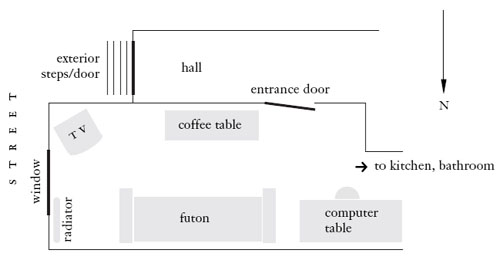
1. How It Ended
I have on my desk at this moment twelve five-by-seven ruled index cards. On each of them the same two words appear: not guilty. Eight are written in pen, four in pencil. On eight of them the words appear along a single line, on two the words are perpendicular to the ruling, and on two they are scrawled diagonally (one of these last has been written on an inverted card, turned so that the red top line and margin are at the bottom). Three are in all caps, three have only the initial letters capitalized, three are all lowercase, two others show the N capitalized but not the g. In the last of them the word NOT appears in all caps, but the word guilty is all lowercase.
Next pageFont size:
Interval:
Bookmark:
Similar books «A Trial by Jury»
Look at similar books to A Trial by Jury. We have selected literature similar in name and meaning in the hope of providing readers with more options to find new, interesting, not yet read works.
Discussion, reviews of the book A Trial by Jury and just readers' own opinions. Leave your comments, write what you think about the work, its meaning or the main characters. Specify what exactly you liked and what you didn't like, and why you think so.

